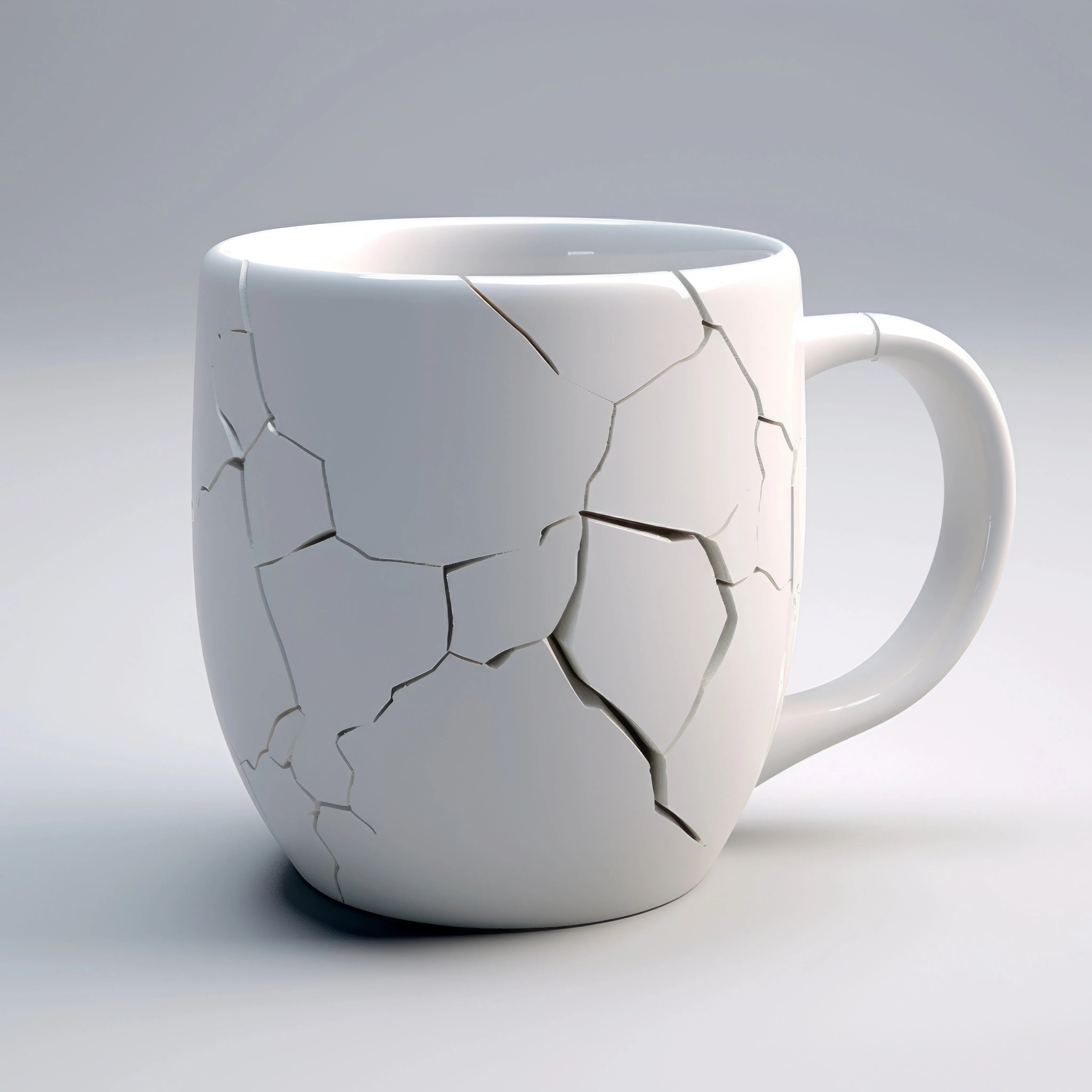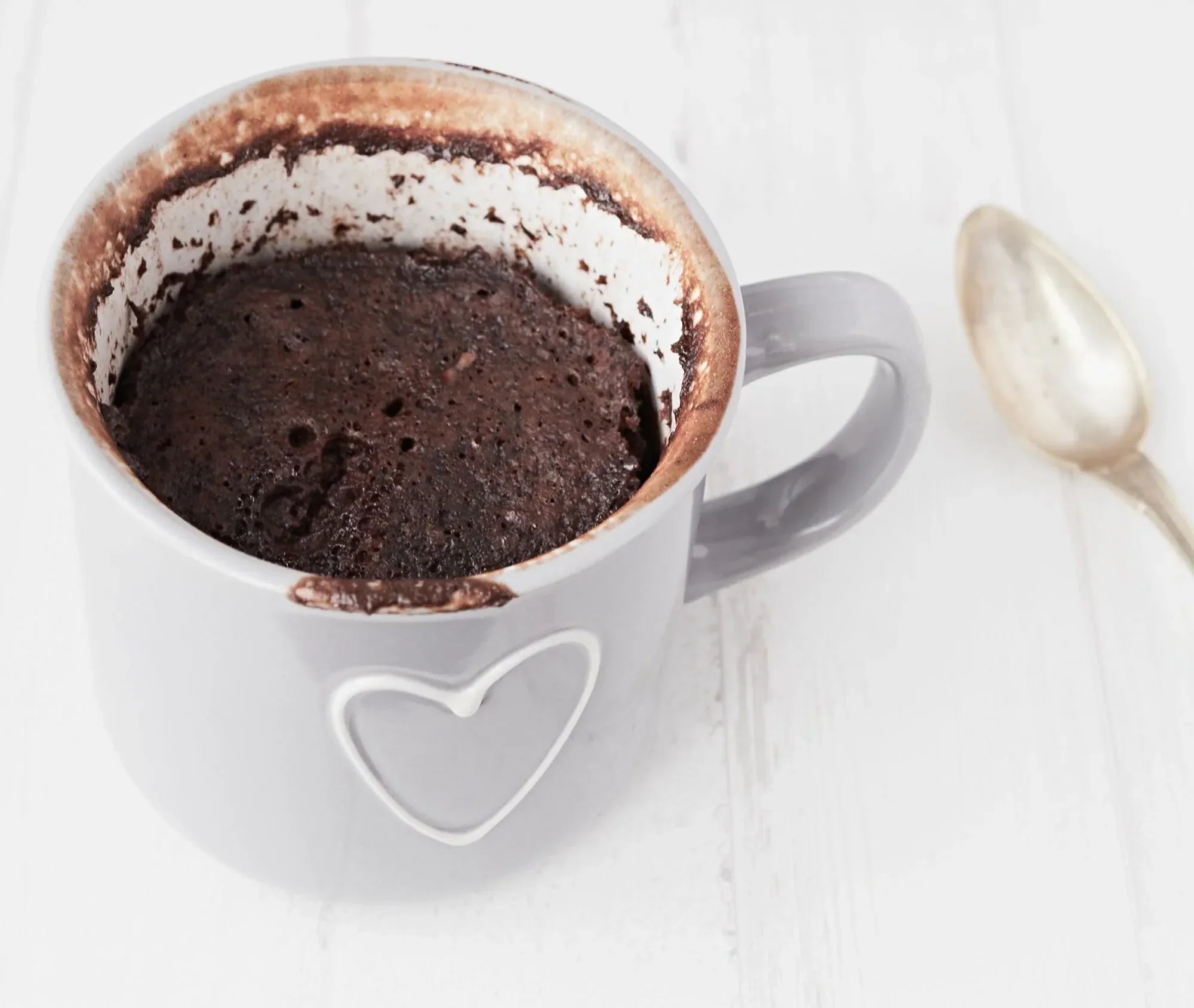Imagine a mug that can withstand daily bumps and drops. This seems almost magical, considering how easily traditional mugs can break. How is it possible for a mug to be unbreakable? The answer lies in the blend of innovative design and sturdy materials. This article will delve into the secrets behind these durable marvels and explore why some ceramic mugs are more durable than others.
How Is a Mug Unbreakable?
The concept of an unbreakable mug revolves around a few key elements: materials, manufacturing processes, and quality control.
1. Material Selection:
The primary material used in making unbreakable mugs is high-quality ceramic. Ceramic is chosen for its natural strength and durability. Unlike glass, which can shatter, or plastic, which can warp and degrade, ceramic maintains its integrity over time.
2. Advanced Manufacturing Processes:
Creating a truly unbreakable mug involves several sophisticated manufacturing techniques. These include:
-
High-Temperature Firing: Mugs are fired at extremely high temperatures in kilns. This process hardens the ceramic and makes it more resistant to thermal shock, which can cause cracking and breaking. This process makes them microwaveable and dishwasher safe.
-
Glazing: Applying a glaze not only adds a decorative touch but also creates a barrier that enhances durability. The glaze is also fired, fusing it to the ceramic and adding an extra layer of protection.
- Reinforcement: Some unbreakable mugs are reinforced with additional materials like alumina or silicon carbide, which are known for their strength and resistance to wear and tear.
3. Design Innovation:
The design of the mug plays a crucial role in its durability. For instance, thicker walls can distribute impact forces more evenly, reducing the likelihood of cracking. Ergonomic handles are designed to minimize stress points, enhancing the overall strength of the mug.
Quality Control and Testing
Ensuring the durability of a mug doesn’t end with manufacturing. Rigorous quality control processes are essential to guarantee that each mug meets the highest standards of durability. These include:
- Impact Testing: Mugs are subjected to controlled drops and impacts to test their resistance to breaking.
- Thermal Shock Testing: Mugs are rapidly heated and cooled to ensure they can withstand sudden temperature changes without cracking.
- Everyday Use Testing: Mugs are tested under conditions that simulate daily use, including repeated washing in dishwashers and exposure to both hot and cold beverages.
By combining high-quality materials, advanced manufacturing processes, and rigorous testing, manufacturers have created ceramic mugs that are not only aesthetically pleasing but also incredibly durable. These unbreakable mugs are designed to be a reliable companion for your daily coffee or tea rituals, ensuring you can enjoy your favorite beverages without worrying about breakage.

Why Choose Ceramic Over Other Materials?
Ceramic vs. Glass Mugs
- Durability: Ceramic mugs are generally more durable than glass mugs, which can shatter easily upon impact.
- Heat Retention: Ceramic retains heat better, keeping your beverage warm for longer periods.
- Aesthetics: Ceramic allows for a variety of decorative glazes and designs, making them more visually appealing.
Ceramic vs. Plastic Mugs
- Health and Safety: Ceramic mugs do not leach harmful chemicals, unlike some plastics that can release toxins when heated.
- Environmental Impact: Ceramic is more eco-friendly, as it is made from natural materials and is biodegradable.
- Taste Preservation: Ceramic does not retain odors or flavors, ensuring a pure taste for your beverages.
Ceramic vs. Porcelain Mugs
- Material Composition: Porcelain is a subtype of ceramic known for its high-quality clay and fine grain. This makes porcelain mugs thinner and more delicate, while ceramic mugs are generally thicker and more robust.
- Durability: Ceramic mugs, particularly those with reinforced construction, tend to be more durable than porcelain mugs, which can be more prone to chipping and cracking.
- Heat Retention: Both materials retain heat well, but porcelain may have a slight edge in maintaining the temperature of hot beverages due to its finer structure.
- Aesthetic Appeal: Porcelain mugs often have a more refined, elegant look and are typically used in fine dining settings, while ceramic mugs offer a broader range of designs and finishes, making them suitable for everyday use.
Ceramic vs. Copper Mugs
- Material Properties: Copper mugs are known for their excellent thermal conductivity, making them ideal for cold beverages, while ceramic mugs excel at retaining heat, keeping your hot drinks warm for longer.
- Health Concerns: Copper mugs can sometimes pose health risks if not lined with a non-reactive metal like stainless steel, as copper can leach into acidic beverages. Ceramic mugs, particularly those that are lead-free and cadmium-free, do not have these issues.
- Durability: Both materials are durable, but ceramic mugs with reinforced construction tend to withstand daily wear and tear better than copper, which can dent and tarnish over time.
- Maintenance: Ceramic mugs are generally dishwasher safe, making them easier to clean, while copper mugs often require handwashing and occasional polishing to maintain their appearance.

Sturdy Design: The Key Features
Creating an unbreakable mug involves a meticulous focus on design elements that enhance durability. Here are the key features:
Thickness and Structural Integrity: The thickness of the mug plays a crucial role in its strength. A well-designed ceramic mug has walls that are thick enough to withstand impacts but not so thick as to become cumbersome. Structural integrity is achieved by evenly distributing material throughout the mug, especially around weak points like the handle.
Shape: The shape of the mug is engineered to absorb and distribute force. Rounded edges and a balanced weight distribution help prevent cracks and chips when the mug is dropped or bumped.
Reinforced Handles: Handles are often the first part to break. Reinforced designs, like those with thicker bases or integrated into the body of the mug, provide additional durability.
Innovative Techniques: Modern manufacturing processes use advanced ceramics and composite materials that offer superior strength. Techniques like vitrification, which involves firing the mug at extremely high temperatures, enhance the hardness and durability of the ceramic.
| Feature | Ceramic Mugs | Stainless Steel Mugs | Plastic Mugs |
| Durability | High (when reinforced) | Very High | Moderate (prone to scratches and stains) |
| Aesthetics | Classic, customizable | Modern, sleek | Basic, often less appealing |
| Usability | Microwave and dishwasher safe | Dishwasher safe, not microwave safe | Microwave safe, less heat retention |
| Health Concerns | Lead-free options available | Potential metal taste | BPA-free options available |
| Environmental Impact | Sustainable, recyclable | Durable, recyclable | High environmental impact, less recyclable |
Benefits of Unbreakable Ceramic Mugs
Practical Benefits: Unbreakable ceramic mugs are perfect for daily use. They can withstand the rigors of being used frequently without the risk of breaking, chipping, or cracking. This durability makes them ideal for families, outdoor activities, and workplaces.
Longevity and Cost-Effectiveness: Investing in unbreakable ceramic mugs means fewer replacements over time, which saves money. Their durability ensures they remain in good condition for years, providing excellent value for the cost.
Environmental Benefits: Unbreakable ceramic mugs contribute to environmental sustainability. Their longevity reduces the need for frequent replacements, decreasing waste. Moreover, many ceramic mugs are made from natural materials and are recyclable, lessening their environmental footprint.










